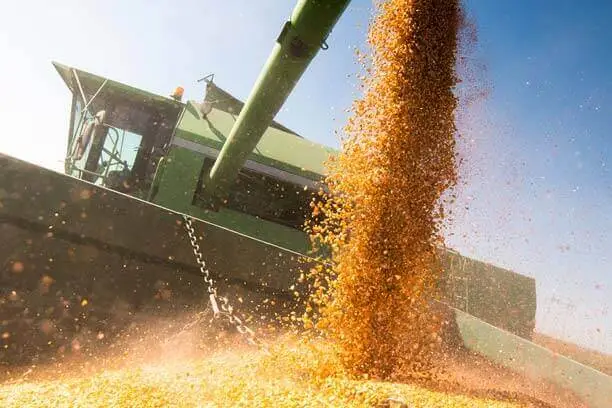Understanding Types of Crop Insurance: Yield Insurance and Revenue Insurance


If your crops are damaged by natural disasters like hail or droughts, or the prices for said crops drop, different types of crop insurance are available as a risk management tool to protect your operation and income.
Yield Insurance provides coverage to crops such as corn, wheat, and soybeans (and more depending on your state) in the case of yield losses, similar to actual production history (APH) policies, but instead the projected price is used to determine insurance coverage.
This coverage applies to naturally occurring events like drought, excessive moisture, hail, wind, freezing, tornados, flooding, insect infestation, plant disease, fire, and more. Keep in mind that this coverage extends to nature-caused accidents and doesn’t extend to poor farming practices, theft, low commodity prices or other exclusions.
Following the Commodity Exchange Price Provisions, a projected price is set based on daily settlement prices for certain future contracts. The producer determines what percentage of the projected price they want to insure, anywhere from 55 to 100 percent.
Revenue protection provides replacement dollar coverage for your crops. Producers are protecting their crops from loss due to increase or decrease in price, low yield, or combination of both. Also, producers can select to add harvest price option to their policy or base their revenue guarantee off the spring price Similarly, in the case that the harvest price for your yield is lower than projected or loss in revenue is occurred due to natural causes as stated above, Crop Revenue Protection kicks in and will replace your lost revenue up to the average yield the producer wished to insure (50-75 percent, some areas 85 percent).
According to the USDA, “The projected price and the harvest price are 100 percent of the amounts determined in accordance with the Commodity Exchange Price Provisions and are based on daily settlement prices for certain futures contracts.”
If harvest price option is elected, when a claim is filed the amount of insurance paid is based on the greater of the projected price or the harvest price. If the crop revenue is less than the amount of insurance, the producer is paid based on the difference.
Knowing the different coverages and options available is key to providing the right coverage for your operation. Choosing the right policies requires you to assess your operation and needs.
Don’t be left short, it’s important to opt-in for coverage that adequately reflects your operation and income to protect yourself and your operation in case an insurance payout is needed.
Producers can select to insure their crop with the spring projected price by excluding the harvest price or the producers can use the higher of the spring price or harvest price by selecting the harvest price option.
A projected price is determined in the spring by averaging future crop prices and is used to set the premium for a producer policy.
One size doesn’t fit all. Connect with your local Farm Bureau agent to learn more about our crop insurance coverage options that can be customized for your operation’s needs.